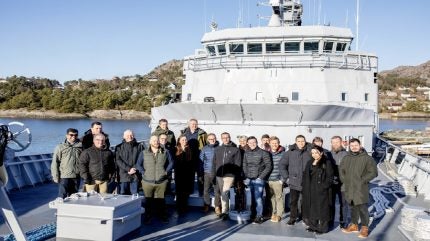
The European Union (EU) has awarded €7.8m ($8.13m) to the STEESMAT project, an initiative aimed at developing “groundbreaking” power distribution systems for the next generation of zero-emission ships.
This funding represents a step towards reducing the maritime sector’s environmental footprint, aligning with the EU’s commitment to a greener future.
Maritime CleanTech is leading a consortium of 13 European partners to create a power distribution system that will facilitate the integration of renewable energy sources into the shipping industry.
This technology is designed to enhance the efficiency of current power systems and is expected to contribute to emissions reductions across the maritime sector.
The STEESMAT project targets a 40% reduction in emissions by developing a Medium Voltage Direct Current (MVDC) power system.
This system will replace the conventional alternating current (AC) systems and is engineered to allow ships’ engines to operate more efficiently at variable speeds.
It will also enable the integration of diverse renewable energy sources, such as batteries, solar panels, fuel cells, and wind turbines, potentially reducing emissions by up to 40%.
Maritime CleanTech CEO Ada Jakobsen said: “The Norwegian maritime industry is a global leader in green solutions, and this project represents another technological leap forward.
“The €8m in EU funding enables us to develop solutions that not only cut emissions but also streamline the adoption of sustainable energy sources. I am proud of our partners, who are working together to create a more efficient and climate-friendly shipping industry.”
The project will undergo real-world testing aboard the RV North Star, a former Norwegian Coast Guard vessel. The ship will be equipped with the new MVDC system and trialled under actual sea conditions.
As international regulations on shipping emissions tighten and costs rise, the STEESMAT project is expected to play a crucial role in the EU’s strategy for green shipping, with aims for the technology’s commercialisation by 2029.



